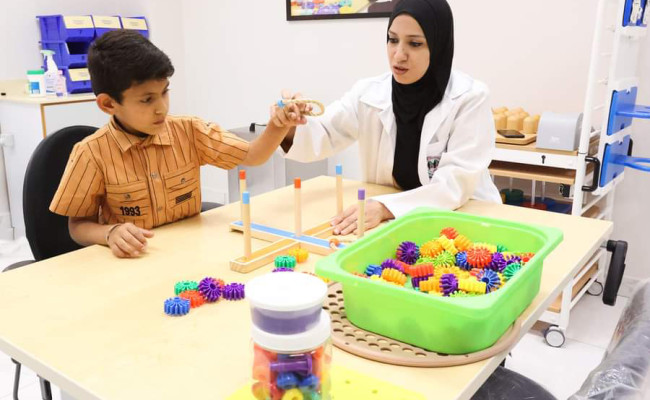1. Prebriefing
Prebriefing sets the stage for the simulation and ensures that students are prepared for the experience.
- Establish Objectives: Define clear learning objectives based on specific competencies, such as clinical skills, decision-making, communication, or teamwork.
- Prepare Learners: Explain the simulation purpose, expectations, and ground rules. Emphasize confidentiality and psychological safety.
- Introduce the Environment: Familiarize participants with the simulation setting, equipment, and manikin functionality.
- Clarify Roles: Assign roles (e.g., nurse, family member, observer) and explain their responsibilities within the scenario.
2. Scenario Development
The scenario should mimic realistic clinical situations and align with the learning objectives.
- Create a Realistic Case: Develop a patient case based on evidence-based guidelines, including patient history, current condition, and presenting symptoms.
- Incorporate Complexity: Introduce dynamic elements, such as changes in the patient’s condition, to challenge critical thinking and adaptability.
- Design Simulation Materials: Prepare patient charts, medication lists, diagnostic results, and any other resources participants may need.
- Program Manikins and Equipment: Set up high-fidelity manikins and other technology to replicate the case's clinical parameters (e.g., vital signs, lab values).
3. Implementation of the Scenario
This is the active phase where participants engage in the simulation.
- Facilitate the Scenario: Ensure facilitators are available to guide and adjust the simulation as needed. For example, they might act as secondary characters (e.g., a physician) or provide additional information.
- Encourage Realistic Actions: Allow participants to perform assessments, make decisions, and implement interventions as they would in real-life clinical practice.
- Monitor Progress: Observe the participants’ actions and interactions for assessment and feedback during the debriefing phase.
4. Debriefing
Debriefing is the cornerstone of the simulation experience, enabling reflective learning.
- Facilitate Reflection: Lead a structured discussion where participants analyze their performance, decisions, and emotions during the scenario.
- Link Theory to Practice: Highlight connections between theoretical knowledge and its application in the scenario.
- Provide Constructive Feedback: Offer feedback on strengths and areas for improvement while encouraging self-assessment and peer input.
- Review Objectives: Assess whether the learning objectives were met and address any gaps in knowledge or skills.
5. Evaluation and Documentation
Post-simulation evaluation ensures continuous improvement of the simulation process.
- Assess Learner Outcomes: Use checklists, rubrics, or self-assessments to evaluate participants’ performance.
- Gather Participant Feedback: Collect feedback from participants on the scenario’s realism, difficulty level, and overall effectiveness.
- Document the Simulation: Record key findings, lessons learned, and any modifications needed for future iterations.
By following these steps, simulation scenarios can be developed and executed effectively, providing nursing students with a high-impact learning experience that bridges the gap between theory and practice.







